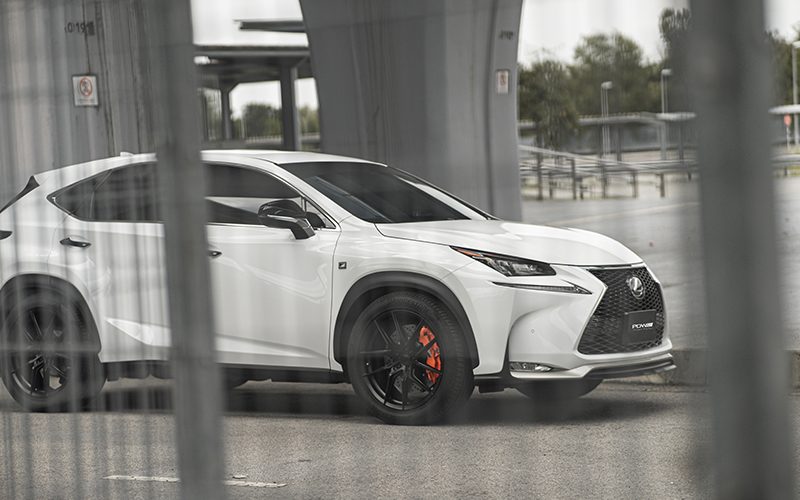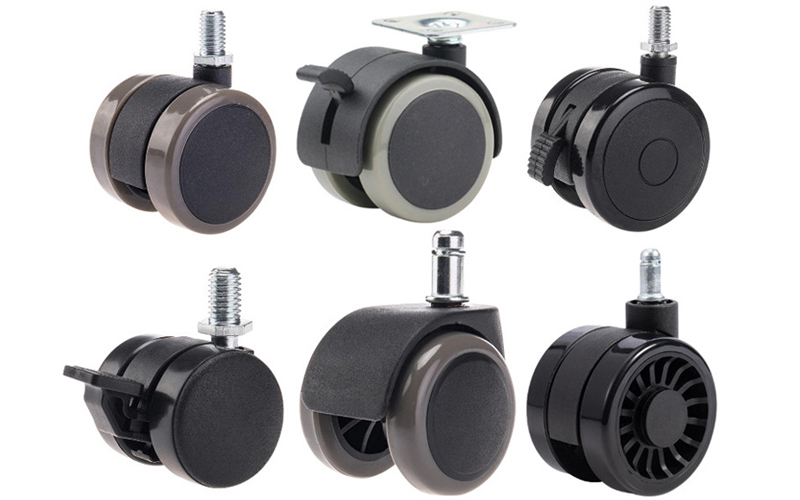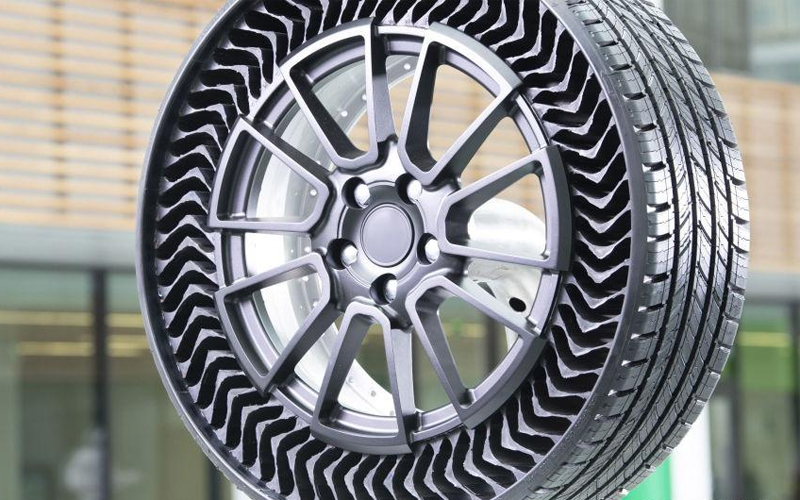The number of wheels in the world is a topic that has intrigued many people, from car enthusiasts to environmentalists. While it may be impossible to count every single wheel in existence, estimates can be made based on the number of vehicles and machinery in use. According to the World Health Organization, there are approximately 1.2 billion vehicles in the world, ranging from cars and trucks to motorcycles and bicycles.
Each of these vehicles has at least two or more wheels, with some larger vehicles having up to 18 or more wheels. Additionally, there are countless other machines and equipment that use wheels, such as construction vehicles, airplanes, and even roller coasters. While it may be difficult to determine an exact number, it’s safe to say that there are billions of wheels in use around the world.

The History of Wheels
The First Wheels
The first wheels were created around 3500 BCE in Mesopotamia. These wheels were simple and made from solid wood. They were used for pottery and other household items. The earliest wheels were not used for transportation, but they were an important step in the development of the wheel.

Wheels in Ancient Civilizations
The ancient Egyptians were the first to use wheels for transportation. They used chariots with spoked wheels for warfare and transportation. The ancient Greeks and Romans also used wheels for transportation, but they used them mainly for wagons and chariots.
In China, the earliest known wheel was found in a tomb dating back to the Shang Dynasty (1600-1046 BCE). The wheel was made from wood and was used for pottery making.
During the Middle Ages, wheels were used for windmills and watermills, which were used for grinding grain and pumping water. The first bicycles were invented in the early 19th century, and the first automobiles were invented in the late 19th century.
Today, wheels are an essential part of modern transportation. They are used in cars, trucks, trains, airplanes, and bicycles. The design of wheels has also evolved over time, with the invention of rubber tires, alloy wheels, and other materials.
Overall, the history of wheels is a fascinating and important part of human history. Wheels have played a crucial role in the development of transportation, manufacturing, and technology.

Types of Wheels
Vehicle Wheels
Vehicle wheels are the most common type of wheel seen on roads worldwide. These wheels are used on cars, buses, trucks, and other vehicles. They are usually made of aluminum or steel and have a rubber tire around them. Vehicle wheels come in different sizes and designs, depending on the type of vehicle they are used on. For example, sports cars have larger wheels with low profile tires, while trucks have smaller wheels with thicker tires for better traction.

Industrial Wheels
Industrial wheels are used in heavy-duty applications, such as on construction equipment, cranes, and manufacturing machines. These wheels are designed to handle heavy loads and rough terrain. They are usually made of steel or cast iron and have a thick, solid rubber tire. Industrial wheels come in different sizes and designs, depending on the application they are used for. For example, crane wheels have a flange on the edge to prevent the crane from derailing.

Caster Wheels
Caster wheels are small, swiveling wheels used on furniture, carts, and other objects that need to be moved around easily. They are usually made of plastic or rubber and have a metal frame. Caster wheels come in different sizes and designs, depending on the weight of the object they are used for. For example, heavy-duty caster wheels are used on industrial carts, while small caster wheels are used on office chairs.
In conclusion, there are different types of wheels used in the world, including vehicle wheels, industrial wheels, and caster wheels. Each type of wheel has its own unique design and purpose, depending on the application it is used for.

Current Statistics
Number of Vehicles Worldwide
According to the latest statistics, there are over 1.4 billion vehicles on the roads worldwide, with the majority being passenger cars. This number is expected to increase in the coming years due to the growing population and increasing demand for personal transportation.

Number of Industrial Machines
The number of industrial machines in the world is difficult to estimate, but it is estimated that there are over 100 million machines in use today. These machines are used in various industries such as manufacturing, construction, and agriculture.

Number of Casters
Castors, or wheels that are attached to the bottom of furniture or equipment to make them mobile, are also widely used. It is estimated that there are over 10 billion castors in use worldwide, with the majority being used in the furniture industry.
In conclusion, the number of wheels in the world is staggering, with billions of wheels in use every day.

Future of Wheels
Advancements in Wheel Technology
The future of wheels is bright, with constant advancements being made in technology to make them more efficient, durable, and environmentally friendly. One of the most significant advancements in wheel technology is the development of airless tires. These tires are made of rubber and plastic composites, and they have a unique honeycomb structure that provides excellent shock absorption and puncture resistance. Airless tires are expected to become more common in the future, especially in heavy-duty applications like construction equipment and military vehicles.
Another area of focus in wheel technology is the development of smart wheels. These wheels are equipped with sensors that can detect road conditions, tire pressure, and other critical data. This information can then be transmitted to the driver, allowing them to make informed decisions about driving conditions and maintenance needs. Smart wheels are expected to become more prevalent in the future, especially in autonomous vehicles.

Environmental Impact
As the world becomes increasingly concerned about the environment, the impact of wheels on the planet is becoming a significant concern. One way that wheel manufacturers are addressing this issue is by developing more sustainable materials for their products. For example, some companies are experimenting with using bamboo and other renewable materials in wheel construction.
Another area of focus is reducing the carbon footprint of wheels. This can be achieved through a variety of methods, including reducing the weight of wheels, improving aerodynamics, and using more efficient manufacturing processes. By reducing the amount of energy required to produce and use wheels, manufacturers can significantly reduce their impact on the environment.
Overall, the future of wheels looks promising, with constant advancements being made in technology and sustainability. As the world continues to evolve, the demand for more efficient, durable, and eco-friendly wheels will only continue to grow.


